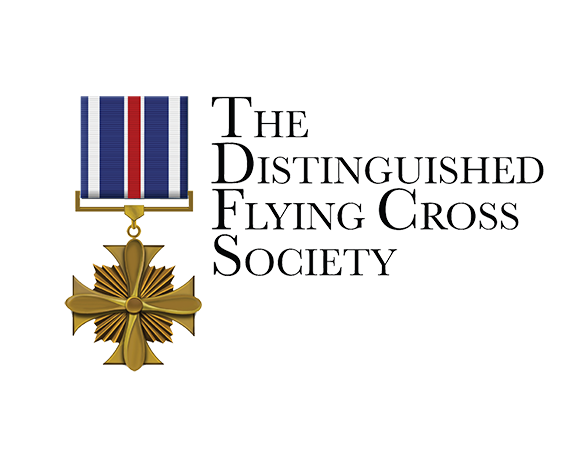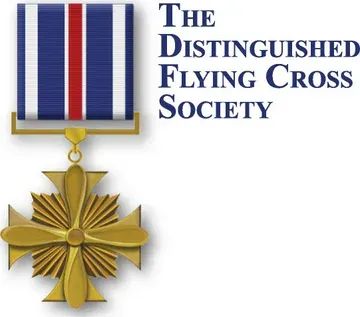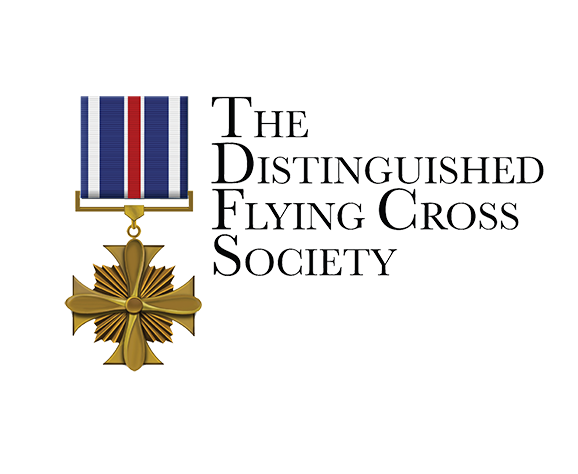Walter J. Chrobak
AWARDED DFC:
3
CONFLICT/SPACE FLIGHT/EVENT: Vietnam
MODEL: -
Citation: 1.)
The President of the United States takes great pleasure in presenting the Distinguished Flying Cross to Captain Walter J. Chrobak for heroism while participating in aerial flight evidenced by voluntary actions above and beyond the call of duty. Captain Chrobak distinguished himself by valorous actions while serving as leader of a light fire team which was providing armed cover for urgently needed medical evacuations near Dak To, Republic of Vietnam. He was informed that on the previous day, four armed helicopters had been hit by hostile fire in the area he was assigned, yet he disregarded this threat and established a low-level covering pattern on the evacuation aircraft. After the evacuation was completed, his fire team began receiving intense automatic weapons fire. He immediately shifted his fire team to an attack pattern and made firing passes at the enemy position until his wingmen could no longer fire because of inoperative weapons. He elected to remain on station and provide cover during the hours of darkness. When an evacuation aircraft was mortared in the pickup zone, he began placing suppressive fire on the suspected enemy positions, which caused the mortaring to cease and permitted the evacuation aircraft to continue with its mission. Through his courage and personal bravery, he was instrumental in saving the lives of many friendly troops and brought heavy casualties upon the enemy forces. His actions were in keeping with the highest traditions of the military service and reflect great credit upon himself, his unit, and the United States Army.
2.)
The President of the United States takes great pleasure in presenting the Distinguished Flying Cross to Captain Walter J. Chrobak for heroism while participating in aerial flight evidenced by voluntary action above and beyond the call of duty on 2 February 1968. Captain Walter J. Chrobak distinguished himself while participating in aerial flight at Kontum, Republic of Vietnam. After escorting a combat assault on the airfield at Kontum, he provided continual fire support throughout the day. His team attacked enemy troops in the open, a village reportedly containing an enemy battalion, and a large structure in the middle of the town from which hostile fire had been pinned down by friendly elements. Having expended his rockets and with his miniguns jammed, he elected to land at the airstrip at Kontum to clear the system. Fuel remained, as did ammunition, but the nearest secure airfield was some twenty miles away. With complete disregard for his own safety, as the airstrip was receiving small arms fire from its perimeter, he landed his aircraft, had his guns cleared, and once again provided supporting fire, As a result of his indomitable courage, outstanding flying ability, and extreme sense of duty, friendly elements were released to continue their mission and an orderly withdrawal of enemy troops was prevented. Due to the pace of the action, casualties inflicted on the enemy are unknown; however, equipment found on the field indicated the fire was extremely accurate. His actions were in keeping with the highest traditions of the military service and reflect great credit upon himself, his unit, and the United States Army.
3.)
The President of the United States takes great pleasure in presenting the Distinguished Flying Cross to Captain Walter J. Chrobak for heroism while participating in aerial flight evidenced by voluntary actions above and beyond the call of duty on 7 March 1968. Captain Chrobak distinguished himself by valorous action while engaged in military operations against an armed hostile force at Phu Hiep, Republic of Vietnam. Assigned the mission of immediate reaction in the event Phu Hiep Army Airfield came under attack, Captain Chrobak was committed when some thirty rounds of enemy rockets and mortars were directed at the airfield, As fire team leader he immediately formed his team and proceeded to his aircraft. On arrival he found that both alert aircraft had been damaged in the attack. Realizing the importance of becoming airborne, he elected to fly the mission. Leading the fire team on attacks on two designated target areas, both his aircraft came under hostile fire and received additional hits. The targets engaged were searched the following morning by a Korean Patrol and equipment found proved they were the enemy positions. As a result of his actions no further enemy activity was directed at the airfield the remainder of the night. His actions were in keeping with the highest traditions of the military service and reflect great credit upon himself, his unit, and the United States Army.


